Snorkel masks cover your nose for good reason - something you'll appreciate when you're face-down in the ocean watching colorful fish dart between coral. Unlike swimming goggles, this design keeps water from rushing up your nose, helps you adjust to pressure changes as you dive deeper, and allows for more natural breathing. This simple feature makes a big difference whether you're trying snorkeling for the first time or you're a seasoned underwater explorer.

Basic Design and Functionality of Snorkel Masks
Types of Masks
There are two main types of snorkel masks. Masks from the past cover your eyes and nose and have a separate tube for breathing. These have been liked by regular snorkelers for years. The newer full-face masks cover your eyes, nose, and mouth, and have a breathing tube built into the top. A lot of people like these because they let you breathe through your mouth and nose.
The snorkel joins in different ways for each type of mask. Most masks have a side strap that holds the snorkel in place, and the opening is held between your teeth. With a full-face mask, the snorkel is already built in, so you don't need a separate throat piece.
Main Mask Parts
All snorkel masks have several important components:
The lens is your view from below. It's made of tough plastic or tempered glass and needs to stay clear while water flow is strong. Most traditional masks have one or two lenses, but full-face masks have one big lens that lets you see everything.
The skirt is the soft, bendable part that seals against your face and keeps water out. It's normally made of silicone or rubber. It needs to fit well on a range of face types and keep water out.
It's possible to get a good fit on the straps, even if your hands are wet, so you can keep the mask on your face.
Along with the mask, the breathing tube stays in place while you swim. Most standard masks have a simple clip for the snorkel, but full-face masks have the snorkel built right in.

Why Do Snorkel Masks Cover the Nose?
To Keep Water Out of Your Nose
Snorkel masks cover your nose to create a watertight seal that prevents water from entering your nasal passages. The soft silicone skirt forms a barrier around both your eyes and nose, protecting you while you swim at the surface or dive down to look at marine life.
This design prevents the uncomfortable (and sometimes painful) sensation of water rushing up your nose. Without this protection, a small wave or sudden movement could send water into your nose, which might cause you to gasp or panic underwater. By keeping your nose dry, the mask lets you focus on enjoying the underwater sights instead of worrying about water getting in.
To Help Equalize Ear Pressure
As you go deeper underwater, pressure increases and can cause discomfort in your ears. To relieve this pressure, you need to equalize—a technique where you gently blow against pinched nostrils to force air into your middle ear through the Eustachian tubes.
A mask that covers your nose makes this possible underwater. You can simply reach up and pinch your nose through the flexible silicone of the mask to equalize the pressure. With regular swimming goggles, you'd need to remove them completely to pinch your nose, which would let water in and interrupt your snorkeling.
To Allow More Natural Breathing
People naturally switch between breathing through their nose and mouth, especially during physical activity. Traditional snorkel setups require you to override this natural pattern and breathe only through your mouth.
Full-face masks solve this problem by covering your entire face, allowing you to breathe normally through both nose and mouth. This makes snorkeling more comfortable and intuitive, especially for beginners who don't have to constantly remind themselves to breathe only through their mouth.

Advantages of Nose Coverage in Snorkeling
More Comfortable for Longer Snorkeling Sessions
Snorkeling is more fun when you wear a mask that covers your nose. The shape makes the pressure more even across your face, which is better than eye-only goggles, which can pinch and leave lines. In other words, you can swim for longer without getting tired.
For newbies, these masks make it easier to think. You can focus more on exploring and loving the underwater world when you don't have to think about how you're breathing. This helps a lot of people who are new to snorkeling have a better time and feel less stressed.
The nose cover makes people feel safer in the water as well. Covering your nose takes away the worry that even experienced swimmers feel when their nose is in the water.
Better Underwater Visibility
Full-face masks provide a wider field of vision than traditional designs. Without dividing frames in your view, you get a more natural, panoramic view of the underwater world.
This improved visibility helps you:
- See more fish and marine life, including those at the edges of your vision
- Navigate more easily around coral, rocks, and other swimmers
- Take better underwater photos
- Feel more connected to the underwater environment
You can also breathe through your mouth and nose, which makes many full-face masks less likely to fog up. So you don't miss anything interesting beneath, this keeps your view clear the whole time you're snorkeling.
Considerations of Nose-Covering Snorkel Masks
Proper Fit is Essential
Covering your nose has many perks, but they only work if the mask fits right. You can't get a good seal if your mask is too big. It leaves holes where water can get in. On the other hand, a mask that is too small puts too much pressure on the face, which can be painful and even cause bruises.
There are a lot of different face types, and not all masks can fit all of them. Masks that fit well may be hard to find for people whose noses stick out, eyes are set far apart, or faces are very wide or narrow. Some companies now make models in more than one size or for different face types.
It is strongly suggested that you try on a mask before buying it. A good fit should put light, even pressure around the whole edge of the mask, with no painful spots or holes. You shouldn't have to hold the mask in place when you breathe in gently through your nose. It should stay closed.
Potential CO2 Buildup Risk
Full-face diving masks have been looked at closely because they might cause carbon dioxide to build up. When the mask's internal volume is too big or there isn't enough ventilation, CO2-rich air that has been exhaled can be taken back in. Because of this worry, trustworthy makers made design changes like adding one-way valves and better air flow channels.
To minimize risks:
- Choose masks from established brands with safety certifications
- Avoid extremely cheap unbranded masks
- Ensure proper fit and test breathing comfort before extended use
- Remove the mask immediately if you feel lightheaded or short of breath
- Take regular breaks during long snorkeling sessions
For children and less experienced snorkelers, supervised use is recommended until comfortable with the equipment.

Enjoy Your Underwater Adventure with the Right Mask!
The nose cover on your snorkel mask does more than just keep water out. It also helps your ears stay balanced so you can breathe more easily underwater. With better visibility and less stress, these easy design features make snorkeling more comfortable and fun, especially for people who are just starting out. Even though safety and fit are important, picking a good mask that fits your face shape will let you enjoy exploring the underwater world without having to worry about your gear.
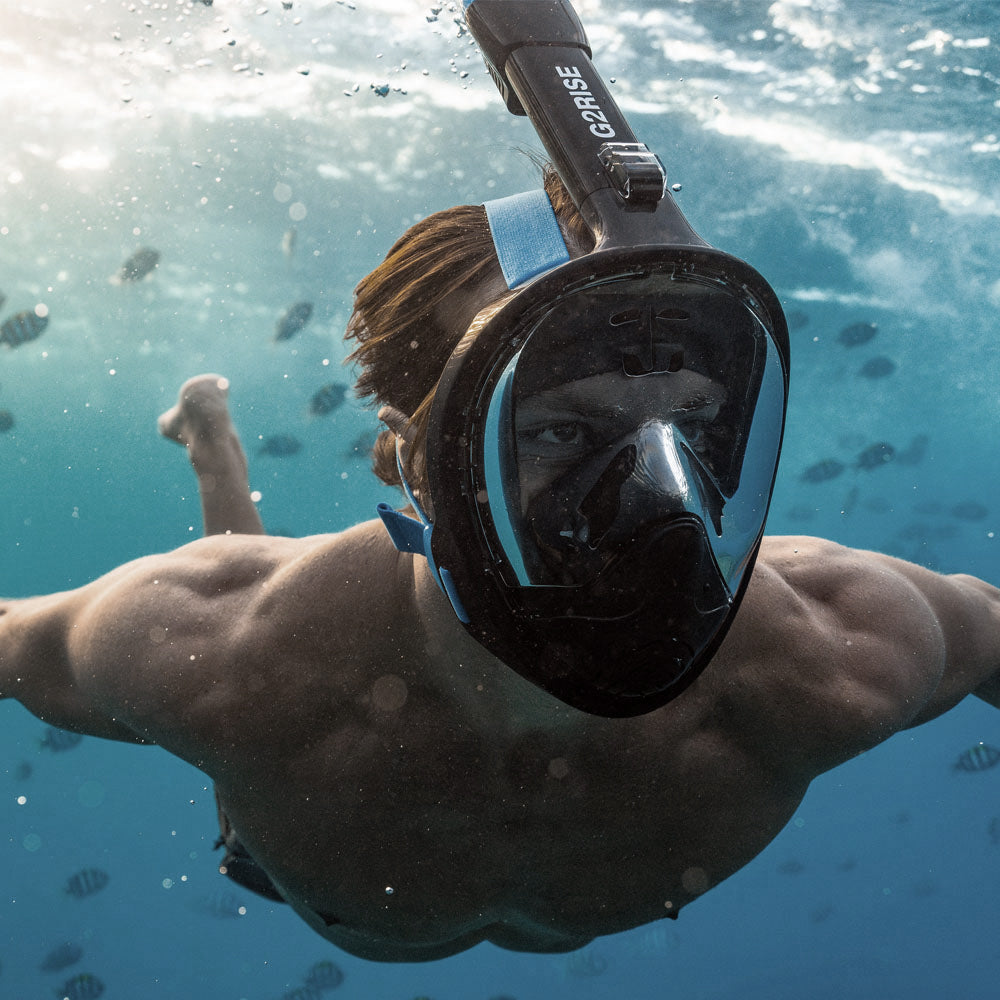
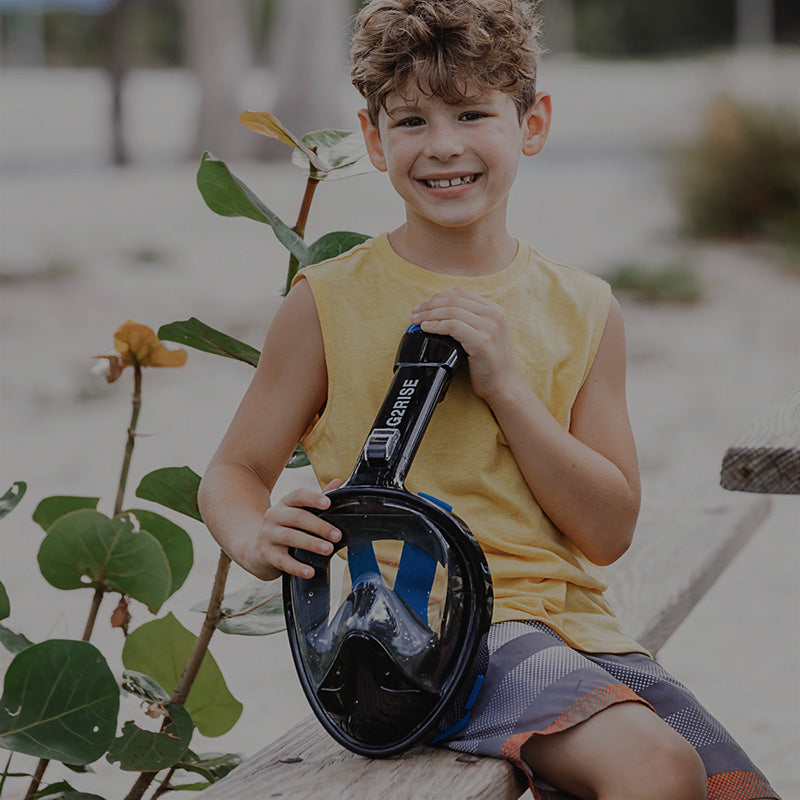
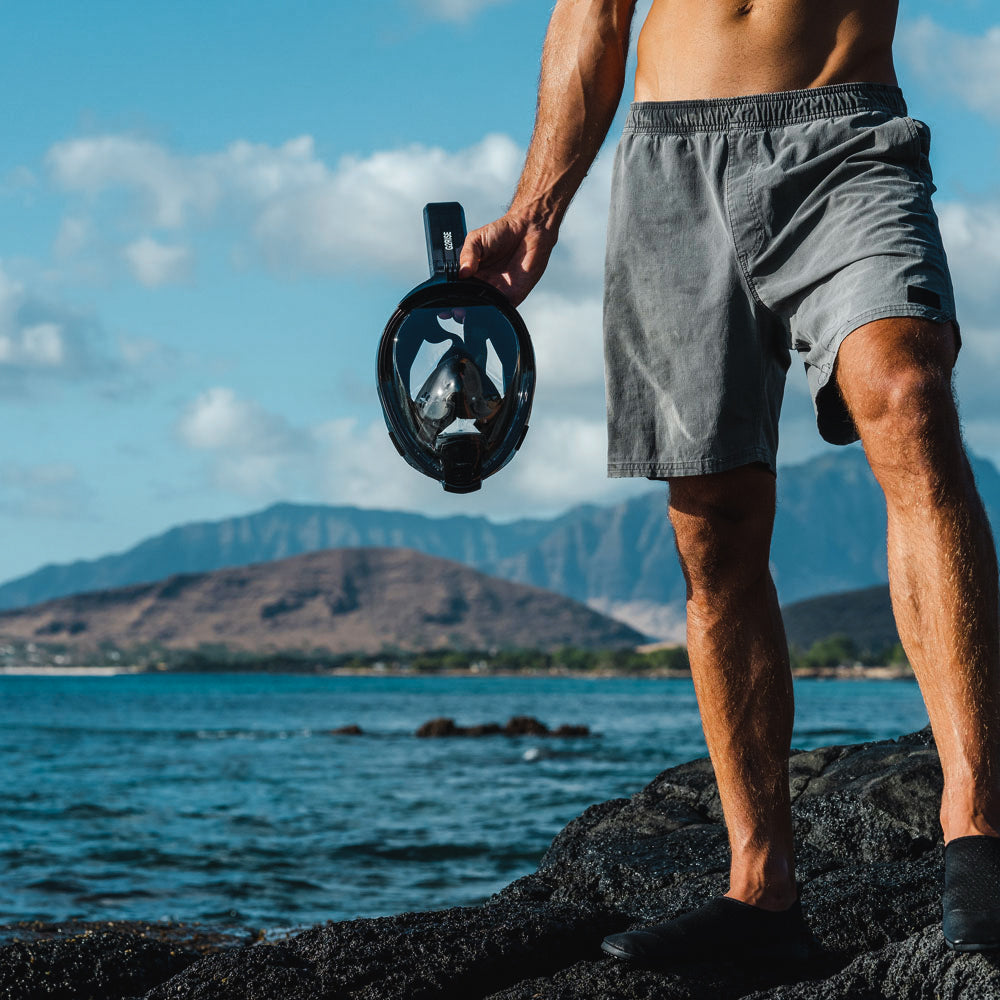
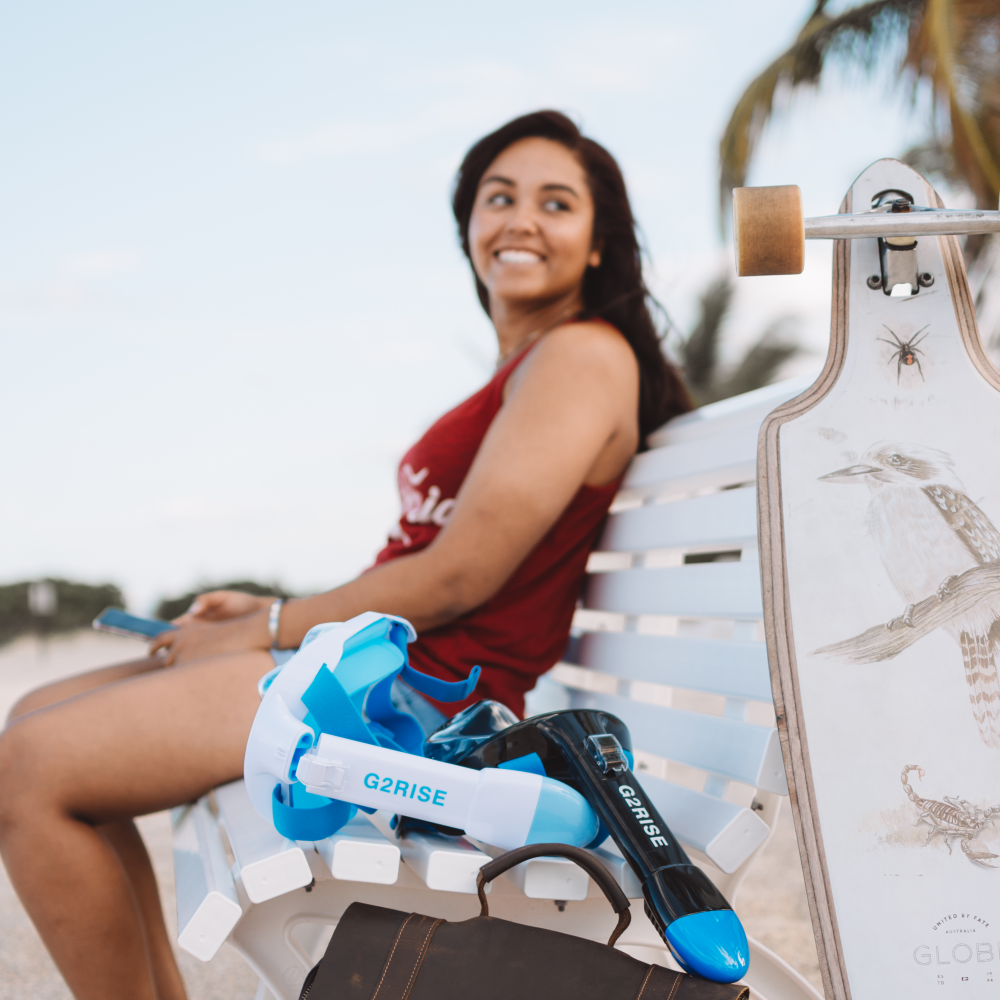
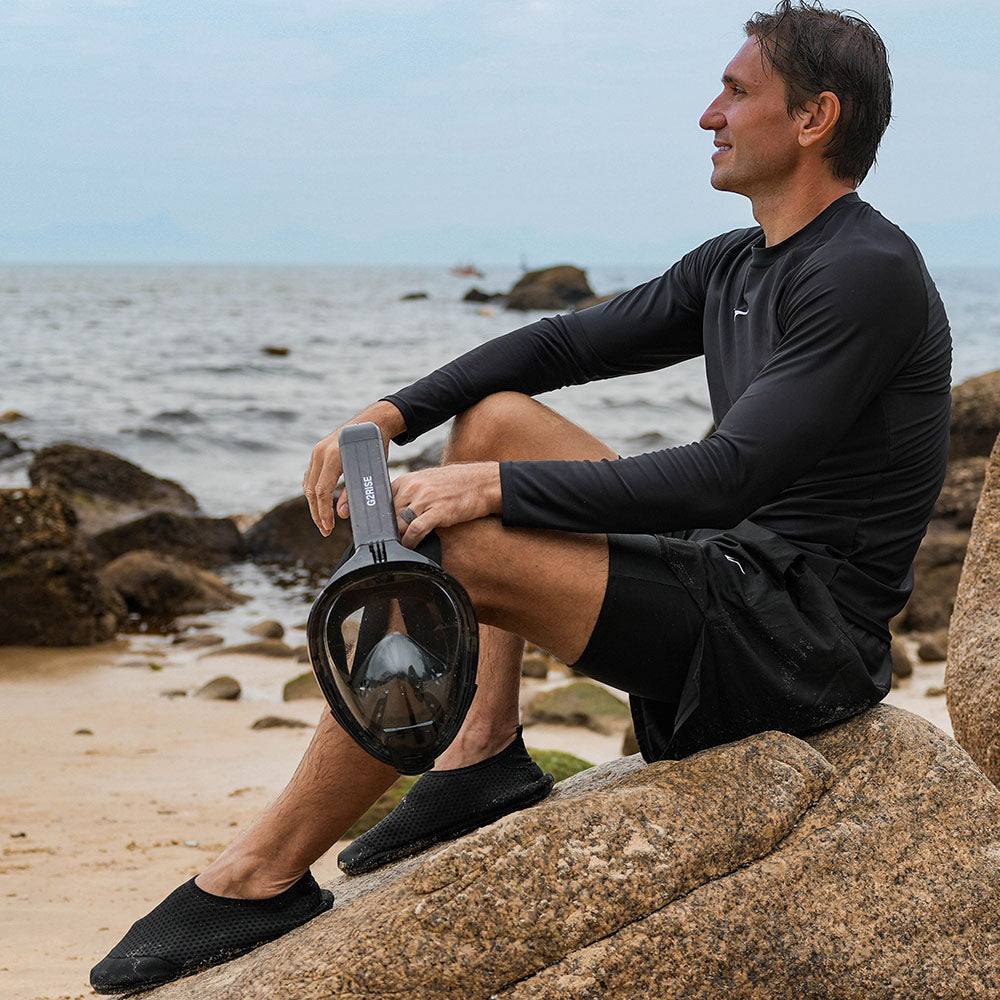

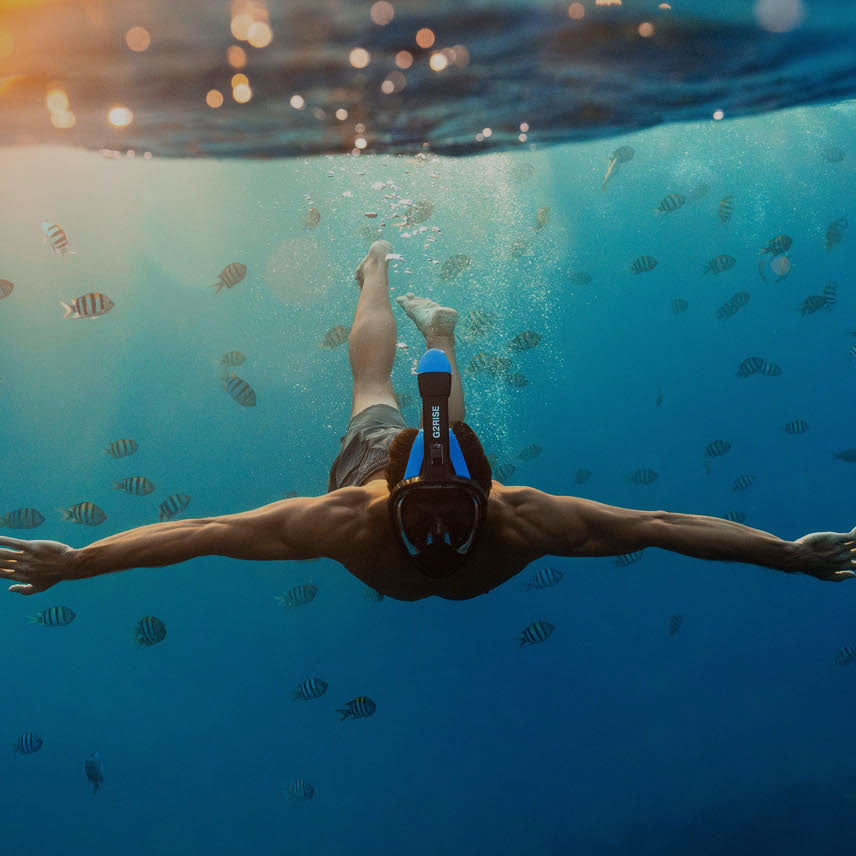


Leave a comment
This site is protected by hCaptcha and the hCaptcha Privacy Policy and Terms of Service apply.